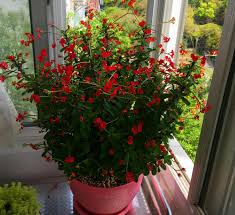Nanotechnology in the Production of Blue Willow China Glaze
Blue Willow China, a time-honored design that has captivated collectors and porcelain enthusiasts for centuries, is known for its beautiful, intricate patterns, often portraying serene landscapes, majestic birds, and elegant pagodas. This blue-and-white porcelain has been a hallmark of fine craftsmanship since its creation in the 18th century. Over the years, the traditional methods of









